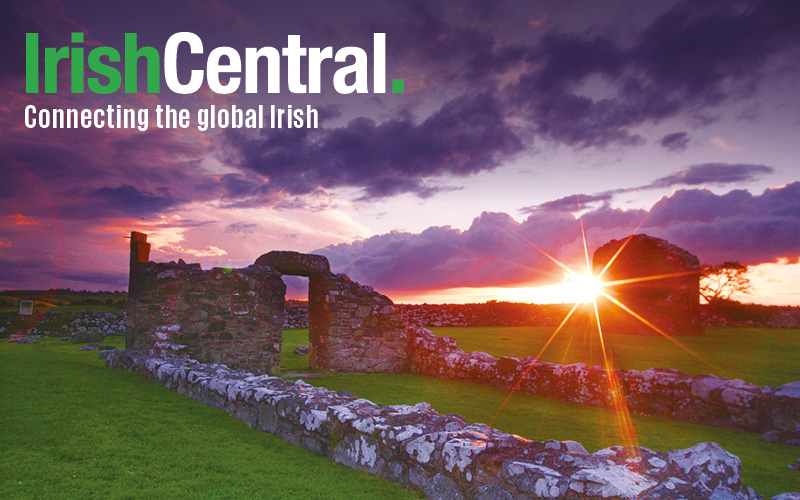Irish people once buried horse skulls beneath the floors of their homes. The reason for the strange practice has been debated by archaeologists and folklorists.
The practical explanation for the tradition was that it improved acoustics, Jstor Daily reports.
“The large volume of the skull made it an ideal sound-box that added resonance to the sound of dancing feet during céilidhe [a social gathering with music and dancing],” says vernacular architecture scholar Barry O’Reilly in Proceedings of the Royal Irish Academy: Archaeology, Culture, History, Literature.
Read More: 10 Irish folk cures, spells and superstitions to cure all ailments
Seán Ó Súilleabháin, archivist at the Irish Folklore Commission, first linked the practice with the idea of improving acoustics in his survey article ‘Foundation Sacrifices’ published in the Journal of the Royal Society of Antiquaries of Ireland in 1945.
His research revealed that horse skulls were hidden beneath floorboards throughout Ireland. The skulls would sometimes have coins packed into their cavities.
Seán Mac Mathghamhna of County Clare stated: “I used hear the old people say that it was put there for the purpose of giving a fine hearty echo (macalla) to the house when people would be talking or walking inside the house. But, particularly, they put the head (with the coppers) in the floor so that their dancing would sound better, for the old people were all for sport.”
An account from County Wexford reported that skulls were placed beneath church altars to “help the preacher to be heard all over the church. In some churches up to twenty of these heads were buried together.”
Others believe the horse skulls were buried not for acoustics but for superstitious purposes. Some believed the skulls brought luck, like a sort of magical charm.
Eamonn P. Kelly, retired keeper of Irish antiquities at the National Museum of Ireland, states in Archaeology Ireland that horses “have been credited with the ability to see ghosts and other evil spirits, and this may account for the practice of placing a horse skull or skulls beneath a flagstone next to the hearth.”
The practice of burying horse skulls in the floor has also been found around the U.K. and Scandinavia.
Read More: Irish folklore would have it that the butterfly brings beautiful weather
Evidence of the practice has even been found in the United States, the tradition most likely brought by immigrants to the country.
In Historical Archaeology, historian M. Chris Manning tells of a skull found in a house in South Deerfield, Massachusetts. A piece of paper was found in the eye socket with the names of the family of Colonel David Mason Bryant, who moved into the home in 1848.
“The skull was likely added to the wall during a period of structural alteration as part of a commemorative ritual similar to a time capsule or cornerstone deposit,” writes Manning. “On the other hand, the fact that the Bryant family, who were of English ancestry, chose to include a horse skull within the walls of their home indicates the tradition of concealing horse skulls was still alive and well in 19th-century America.”




Comments